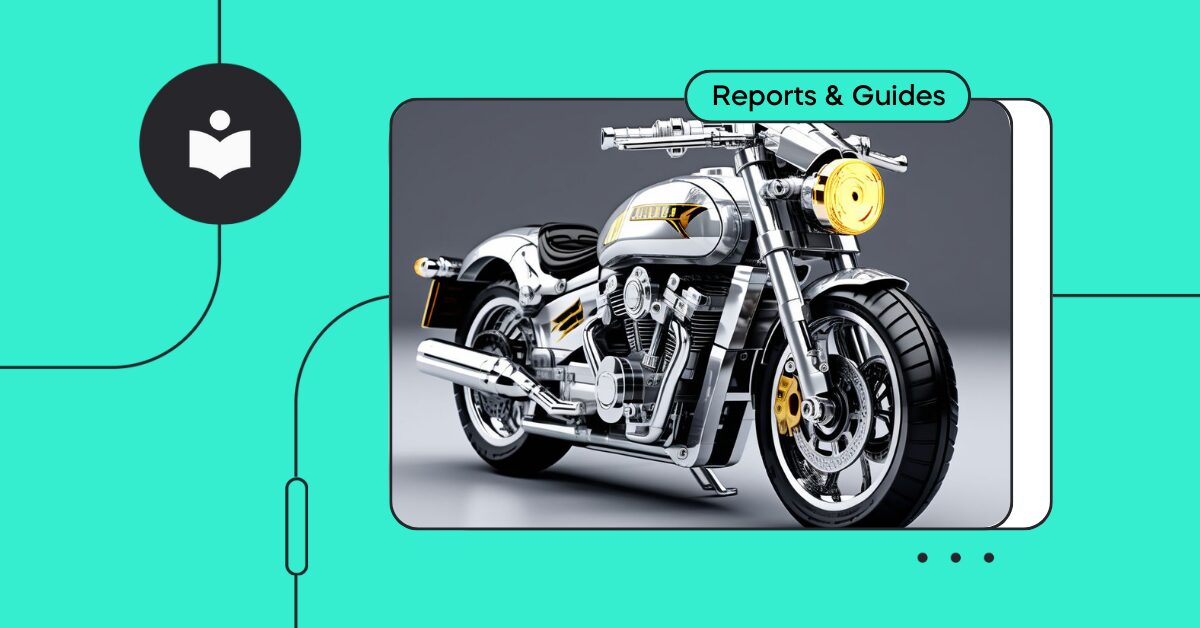As organizations strive to fortify their defenses against cyber threats, the National Security Agency (NSA) has released a comprehensive document outlining crucial recommendations for managing Software Bill of Materials (SBOMs). This is part of Cybersecurity Supply Chain Risk Management (C-SCRM) standards.
As the digital ecosystem continues to evolve, the reliance on software across industries has become ubiquitous. However, this widespread use of software also introduces potential vulnerabilities that can be exploited by malicious actors. In response to this challenge, the NSA has underscored the critical role of SBOMs in bolstering cybersecurity efforts in their newly released Recommendations for Software Bill of Materials(SBOM) Management.
Optimizing SBOMs: cybersecurity key recommendations
The NSA’s document provides a wealth of recommendations aimed at optimizing the management of SBOMs to enhance cybersecurity resilience. These recommendations encompass various facets of SBOM management, including:
- Integration with other systems
- Supporting access to data sources
- Scalable architecture
- SBOM tool setup and configuration
- SBOM generation
- SBOM component handling
- Validation of SBOM and SBOM component integrity.
From there, organizations can conduct vulnerability management – tracking and analysis, output forms and methods, SBOM versioning and configuration management support, and insert user interface considerations.

Integration and workflows with other systems
The document emphasizes the importance of employing an “API First” design to facilitate seamless import and export of information with other systems. This approach enables the integration of multiple types of SBOM sources and other data for comprehensive analysis, while also supporting a secure, integrated Producer/Consumer exchange ecosystem.
Automated workflows, such as those within the Product Security Platform, can help ensure that vulnerability discovery & triaging, reporting, and internal policies are kept while seamlessly sharing critical data via VEX reporting.

Scalable architecture for SBOM resilience
To accommodate diverse organizational structures and risk tolerance rules, the NSA recommends incorporating mechanisms to support distinct sub-organizations within an enterprise. Additionally, the document advocates for the inclusion of AI/ML engines and associated ‘data lakes’ to analyze SBOM component information against various threat signatures and patterns. Vulnerability Tracking and Analysis, a key aspect of effective SBOM management, involves providing daily updates from the National Vulnerability Database (NVD) and other vulnerability data sources. This ensures that organizations are promptly notified of new vulnerabilities and updates, enabling them to prioritize vulnerability responses and implement risk remediation guidance.
User interface and accessibility
Recognizing the importance of user experience, the NSA underscores the need to adhere to Human Computer Interface (HCI) standards and incorporate accessibility features. The document also emphasizes the provision of easily understandable graphic representation methods to convey information attributes about software components, vulnerabilities, licenses, supplier organizations, and user organizations.
A valuable guide for SBOM management
In conclusion, the NSA’s recommendations for SBOM management serve as a valuable guide for organizations seeking to fortify their cybersecurity posture. By implementing these best practices, organizations can effectively manage SBOMs, gain deeper insights into software supply chain risks, and make informed decisions to mitigate potential vulnerabilities. As the digital landscape continues to evolve, embracing robust SBOM management practices is essential for safeguarding against cyber threats and ensuring the reliability of the software supply chain.

By adhering to the NSA’s recommendations and leveraging SBOM management tools, organizations can proactively strengthen their cybersecurity defenses and contribute to a more secure digital ecosystem.
To see how The Product Security Platform can help your team automate SBOM management and comply with cybersecurity regulations, book a demo.




